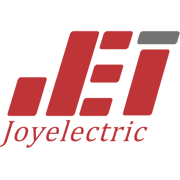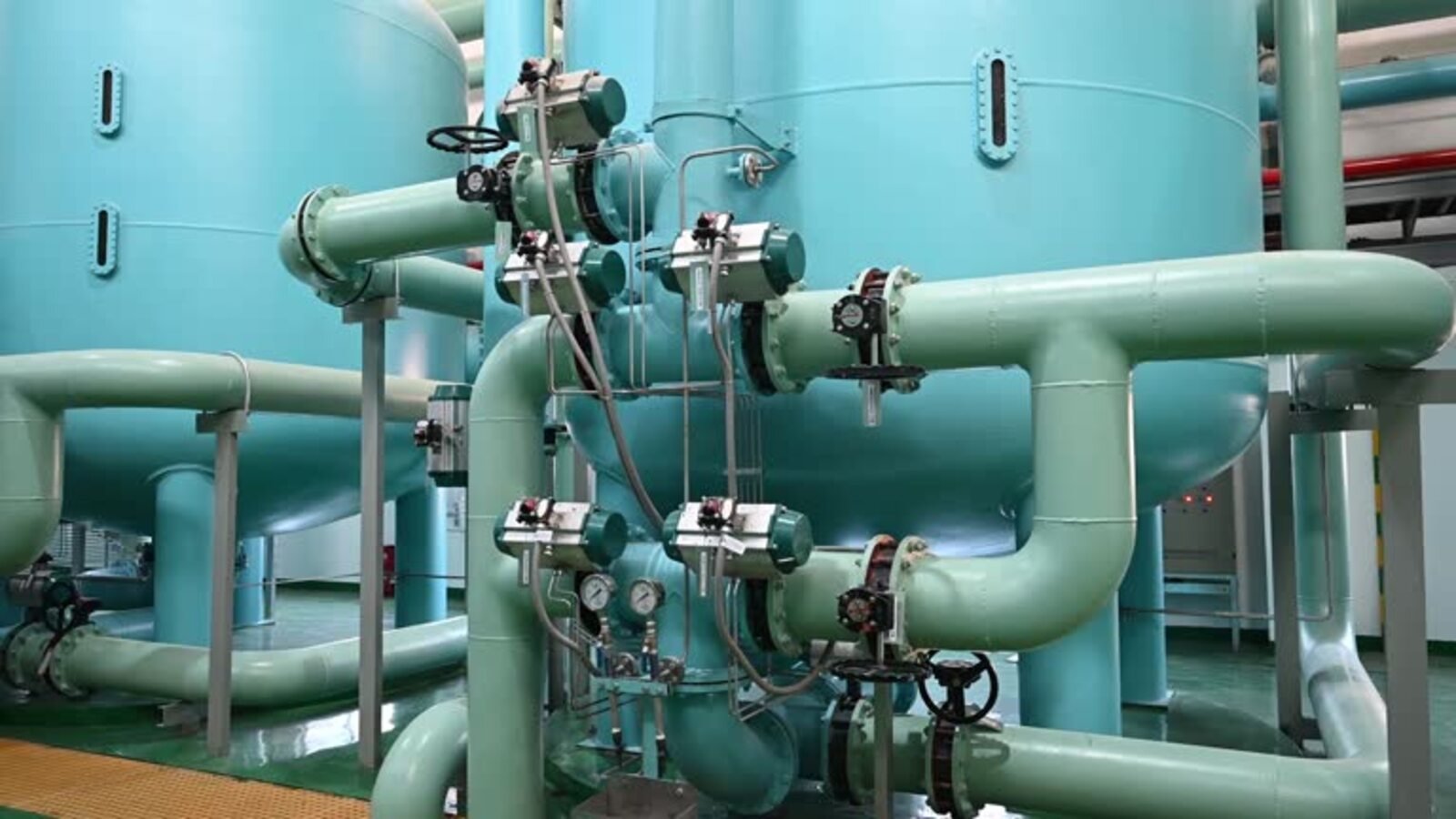Introduction
If you’re in the business of machining metal parts, you know that the final finishing steps can make all the difference in the quality and appearance of your product. One of the most important of these steps is polishing and brushing. In this article, we’ll explore the various methods used for polishing and brushing machined parts, and the benefits and drawbacks of each.
Manual Polishing
The traditional method of polishing involves using an abrasive compound and a soft cloth or buffing wheel to manually polish the surface of the part. This method can be time-consuming and labor-intensive, but it allows for fine control over the level of finish achieved. It works well for complex parts or small production runs where automation is not cost-effective.
Automated Polishing
Increased demand and advancements in technology have led to the development of automated polishing machines. These machines use abrasive pads or belts to grind away imperfections on the part’s surface. Automated polishing systems can be expensive, but they provide consistency and increased speed, making them ideal for high-volume production runs and achieving a uniform finish on simple parts.
Electropolishing
Electropolishing uses an electrified solution to remove a small amount of material from the surface of the part, leaving a smooth, shiny finish. This process also removes microscopic surface imperfections, making it ideal for parts that will be exposed to harsh conditions or require a high level of cleanliness. Electropolishing machines can be expensive, but the process is highly precise and efficient.
Brush Deburring
A highly effective method for removing sharp edges and burrs from parts is brush deburring. This process uses a rotating abrasive brush to remove excess material and blend the remaining surface for a smooth finish. Brush deburring is ideal for complex parts where using manual methods is impractical and can be done using automated machinery for large production runs.
Belt Grinding
Belt grinding uses abrasive belts to grind down the surface of the part and create a uniform finish. This process is highly efficient and can be automated, making it cost-effective for large production runs. Belt grinding is ideal for parts with a large surface area or for removing excess material from hard-to-reach areas.
Abrasive Blasting
Abrasive blasting uses a stream of abrasive particles to remove surface imperfections and prepare the part for finishing. The level of finish achieved can be controlled by varying the size and type of abrasive used. Abrasive blasting is ideal for removing scale or rust from a surface and for achieving a textured finish on the part.
Lapping
Lapping uses a flat surface and an abrasive compound to remove material and create a flat, polished finish. This process is ideal for parts that require a high level of flatness or for achieving a specific surface finish on a part. Lapping machines can be expensive, but the process is highly precise and efficient.
Vibratory Finishing
Vibratory finishing uses a vibratory tumbler to remove excess material and achieve a uniform finish on parts. This process is ideal for small, intricate parts or for achieving a uniform finish on parts with complex geometry. Vibratory finishing machines are cost-effective and allow for high-volume production runs.
Conclusion
Choosing the right polishing and brushing method for your machined parts depends on a variety of factors, including the complexity of the part, the level of finish required, and the size and volume of production runs. Whether you choose to do it manually or use automated machinery, achieving a high-quality, uniform finish will make your product stand out in the market.

